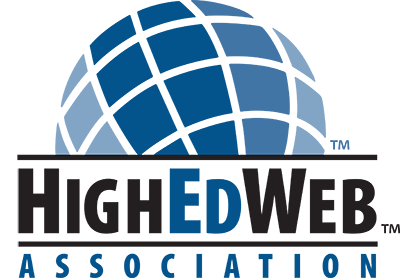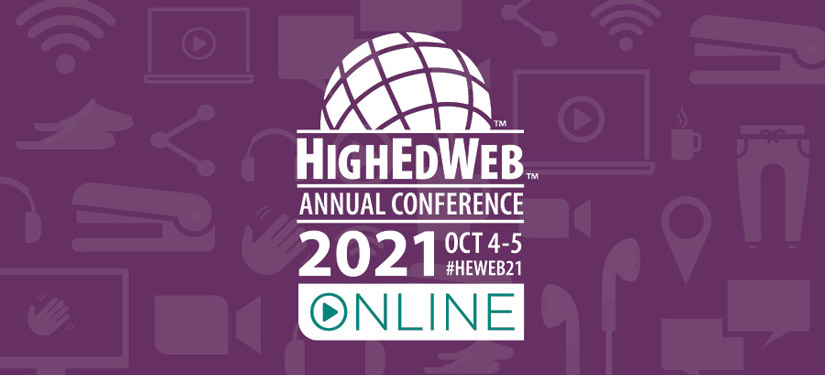Presenter
Maria Laitan – University of Michigan
Description
The Technology Team uses personas, user stories, and user flows as a way to facilitate discussions with faculty to understand the goal for their digital scholarship project and their intended audience. Most of us have been in a meeting at some point where all attendees are excited about the material but confusion starts to cloud the conversation and frustration sets in because a common vocabulary is missing. In kick off meetings for digital scholarship projects, we have found that implementing user research techniques in a non-traditional way can help stakeholders understand the vision of the project and needed functionality.
Working in collaboration with the project team, we utilize the framework of personas to understand the intended audience. Expanding on the creation of audience personas we define user tasks and goals that should be the basis of exploring the research data. Being able to visually depict user flows can be used as a tool to identify relationships between content and the foundation of the information architecture.
These exercises and visualizations are beneficial for both research and design teams. They create a common language that makes it easier to outline project scope and talk through issues throughout the project timeline.
We use UX methodologies to:
- Create common vocab between researcher(s) and technology team(s)
- Conceptualize the foundation and structure of the research and project
- Map data relationships for both structure and user engagement
- Prompt faculty to identify all the audiences their research is serving
- Provide decision-making for choosing project platform(s)
- Show how data relates to one another in a digital space using meta-data, tagging, categorization, etc.
- Provide low fidelity prototypes that are easy to update before development
- Identify pain points from user perspective
After we present our personas, user stories, and user flows to faculty members at meetings they leave feeling excited and motivated. These tools further the conversation allowing them to see how their work translates into a digital space.
Video
Transcript
Maria Laitan:
Welcome to my poster presentation for UX Methods For Digital Humanities Projects. These projects include stakeholders that are usually faculty or researchers who utilize the digital scholarship services provided by our technology team. My name is Maria Laitan and I’m a senior user experience specialist at the University of Michigan in the College of Literature, Science, and the Arts in the department of Technology Services.
One of the first steps during meetings is to create a common project vocabulary within the team. As the project moves forward, team members can be sure they’re all on the same page. I had my mind blown recently that sorbet and sherbet, or some also call it sherbert, are not the same thing. And if you’re a person with a dairy allergy or intolerance, you’d want to know the difference. You also want the person offering you a frozen dessert to know the difference since sorbet contains no dairy, but sherbet does.
We found that leveraging user experience techniques and some nontraditional ways help stakeholders understand the vision of the project. In addition, these methods facilitate conversations between stakeholders and the technology team. A few examples of terms we’ve commonly identified and established are navigation, component types, functionality for tags, category and search, and embeddable elements.
I’ll talk briefly about how we use personas, user stories, user flows, and mood boards to standardize vocabulary and identify areas that need new features developed, gaps in content or navigation and other pain points. Fictional personas are characters that are created by assumptions from the faculty stakeholders and technology teams. They identify the types of audience the digital project is meant to serve. A few examples of audience types are educators, researchers, press, general public, community activists, or site administrators. We’ve found this exercise can help stakeholders identify additional audiences and prioritize feature development. These personas give insight to the technology team about the areas that stakeholders want to highlight and how. For example, our project with the History Department, personas identified ways that the collection would be available to the general public to increase community engagement, as well as how site administrators would work with faculty to maintain the collection. Throughout the project, we can use the persona character names to relate to the platform and objectives.
User stories is an exercise we’ve given some projects to answer questions like how does a user interact with the content? What goals are they trying to achieve? User stories can be used as a testing tool later on in the development phase and facilitate conversation between the stakeholders and technology team. It can be used to understand functionality requirements, navigation, and design elements. One example of this methodology is a project that focused on providing data and research regarding hate crimes. The user stories identified a need for functionality to visually display data points for interaction and a way for users to download data and whether that required sign-in or some other type of user information collection.
We use user flows to open the conversation with the project team to identify how users would navigate through the content. User flows help identify gaps in content relationships, or the need for enhanced functionality. User stories can guide user flows and expose questions between team members. With these types of visuals, we were able to maintain vocabulary and definitions of elements and components in digital spaces. Using a simple wire frame for user flows, we display a basic outline of the content architecture. In a community storytelling project, we were able to see sections that related to one another and plan the navigation to support this relationship. The user fill also identified areas that should provide access to more granular pieces of the collection for users that wanted to dive deeper than curated story maps.
Lastly, mood boards are a visual way to begin a project with a basic understanding of how the author wants to portray their work. This exercise includes asking for websites that they appreciate and why and websites they don’t believe function well and what could be improved. We also like to ask for collection pieces to create color palettes and design inspiration.
This isn’t a comprehensive list of tools that are available, but they are the ones that I use most often. Figma and Miro are quickly becoming my favorites and I think all of these have a free option or trial period. I’ve included a list of articles to highlight each method in relation to UX design. Thank you, I hope you were able to take away new tools for your digital projects. You can find me @iammarialaitan on Twitter or mlaitan@umich.edu.

